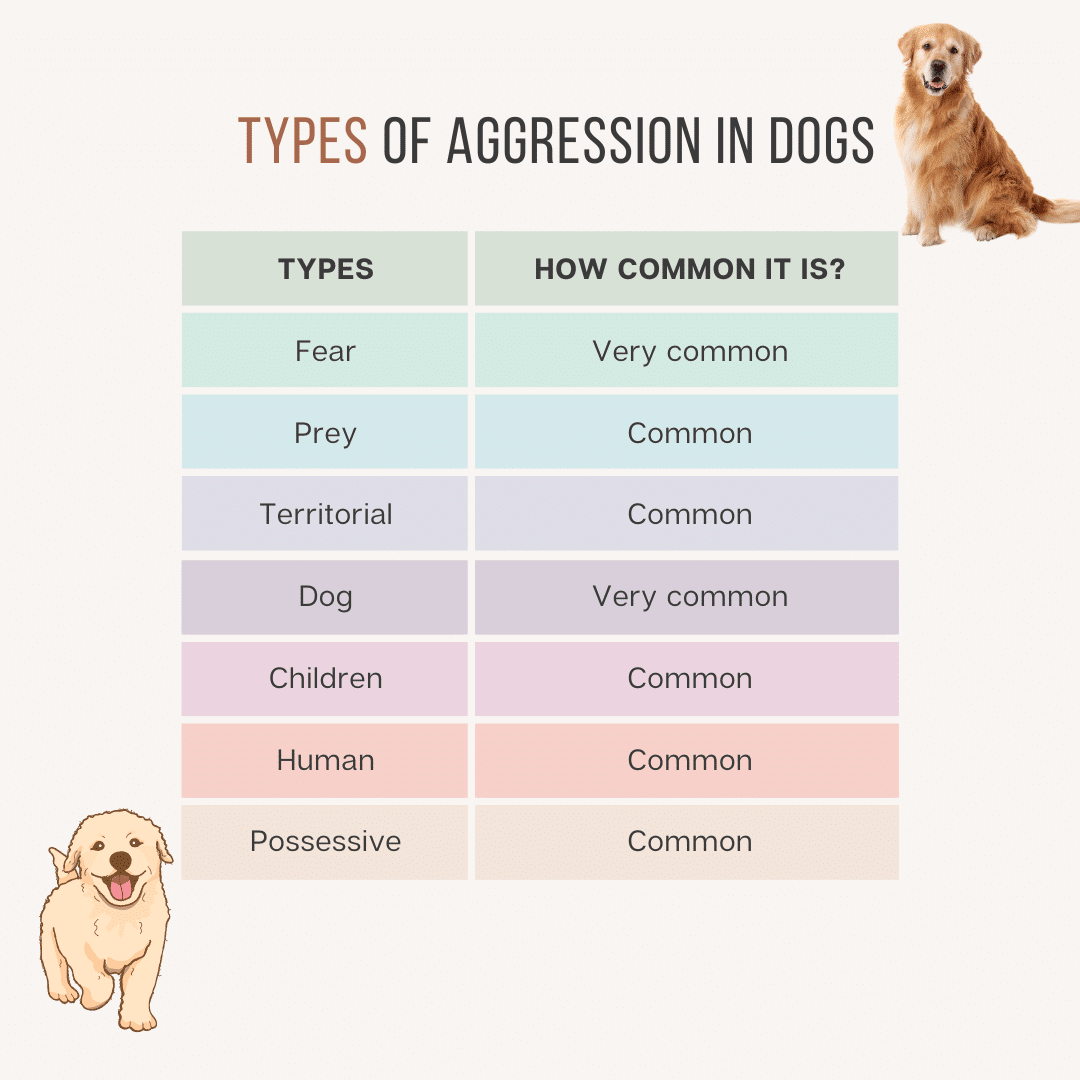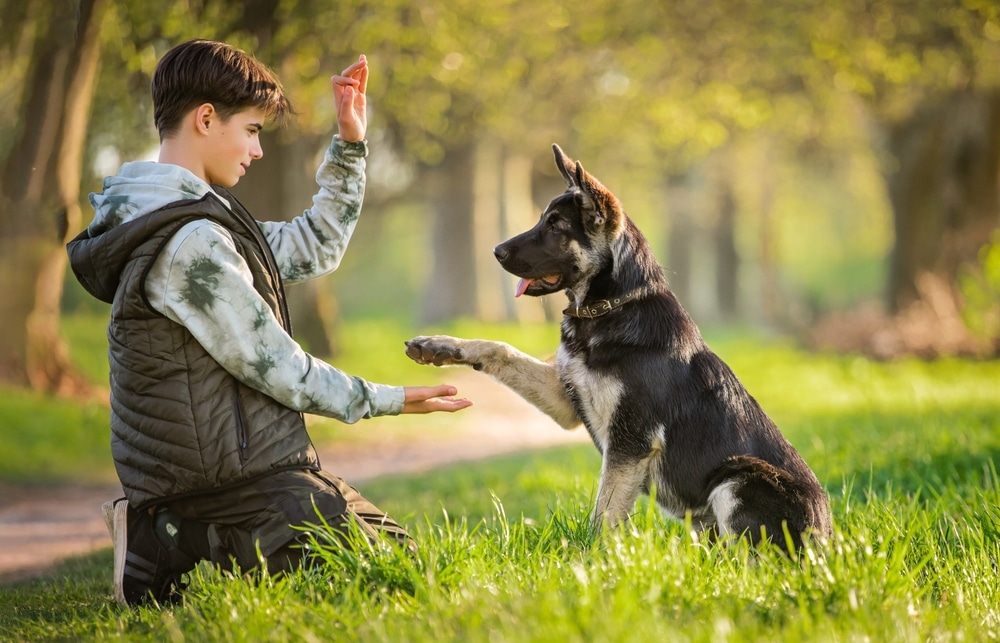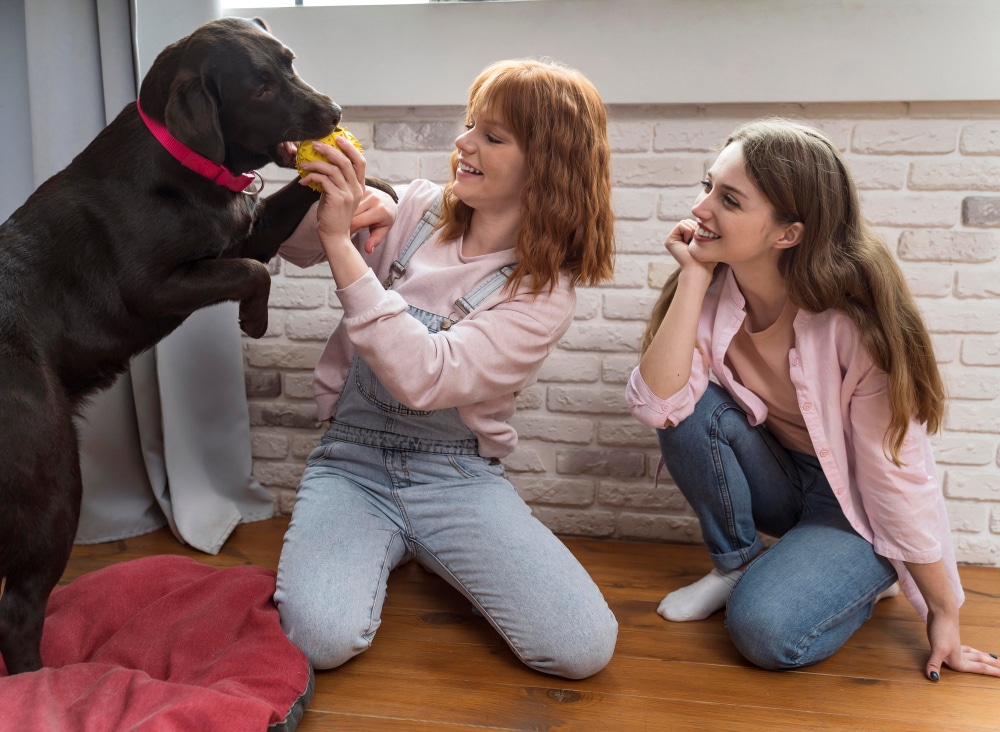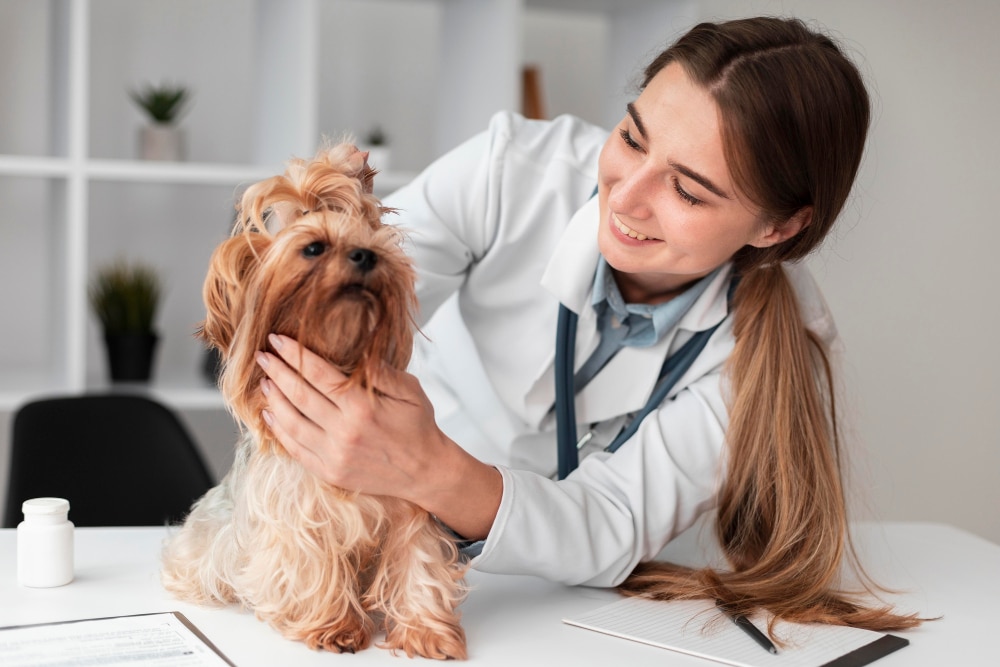Table of Contents
Dogs are certainly the most loving creatures on the face of this planet. BUT! Yes, there is a but in that too. Sometimes, when you adopt a little pup, you may have seen that they exhibit bit of an aggressive behavior. Now this can be due to various reasons and underlying situations. But the problem here is that sometimes we as humans fail to understand our furry little companions and tend to overlook this harsh behavior of doggos. This aggressive behavior in dogs not affects the whole environment of that certain place and not only this but its also leaves a great impact on children around your house. Therefore, the only solution to solve this problem is an aggressive dog training. But before that we need to understand where this attitude and behavior is coming from. So let us first uncover the causes behind it.
Why do Dogs Become Aggressive?
Have you ever tried to tap into the behavior of your furry friend? But these mostly sweet animals can sometimes show real scary aggression too. Aggression in dogs can occur for a variety of causes which we are also going to explore ahead.
- Typical Triggers of Dog Aggression
- Fear
- Feeling intimidated or afraid might lead to aggression.
- Territorial Behavior
- When defending their territory, some dogs behave aggressively.
- Resource Guarding
- When a dog guards food or toys, it may become violent.
Aside from pain or suffering brought on by sickness or injury, additional causes include social aggressiveness directed towards humans or other animals. Comprehending the reason is essential for efficient instruction. The three primary tactics are behavior modification, obedience training, and positive reinforcement. To control and alter violent habits, it can also be helpful to seek expert assistance, such as through boot camps or aggressive dog training programs. Let take a look at some of the types of these aggression in detail.

A Look at Types of Aggression in Dogs
Here’s a look at some of the types of aggression in your dogs.
Fear-Driven Aggression
Poorly socialized dogs may become fearful and aggressive. You can address this to;
- Strangers
- Kids and relatives
- Other canines
Dominance-Aggression
Dogs may act aggressively in an attempt to dominate their owners.
- Commands
- Grooming
- Objects or spaces they guard
Instincts of Predation
Some canines are born hunters. This conduct may appear as follows;
- Silence and salivation
- Pursuing kids or smaller animals
Resource Guarding
When dogs protect, aggression may result.
- Food, Toys, Crates
- Favorite places, such as beds or couches
Protection of Territory Dogs
Theye may respond violently to people who they believe are trespassing on their territory, including;
- Passer-by
- Home Visitors
Dog Aggression Due to Health Factors
Unexpected hostility could be a symptom of sickness or discomfort. Any underlying medical conditions can be diagnosed and treated by a veterinarian.
Reaction to Punishments
Fear-based aggressiveness can result from verbal or physical correction, particularly if the dog expects to be punished.

Training Techniques for Aggressive Dogs
Here are some of the effective ways you can train your dog’s aggression with.
Positive Reinforcement
- Consistency
- Reward non-aggressive conduct consistently to maintain consistency. This fosters composure and the development of positive behaviors.
- Reward-Based Training
- Reward commands and composure with toys, praise, or goodies.
- Avoid Punishment
- Punishment exacerbates hostility; instead, concentrate on gains.
Aggressive Dog Training for Obedience
- Fundamental Orders
- Instruct students on basic orders such as sit, stay, and come.
- Walking on a Leash
- Maintaining control is essential. When a dog is properly trained on a leash, aggressive tendencies can be controlled.
- Frequent Sessions
- Daily, brief training sessions are more beneficial than long, irregular ones.
Modification of Behavior
- Desensitization
- Increase exposure to aggression stimuli gradually by introducing your dog to them in a controlled manner.
- Counter-conditioning
- Pair up good rewards (like snacks) with triggers to change emotional reactions.
- Professional Assistance
- If you need clarification on how to use these strategies, speak with a behavior specialist.
Step-by-Step Training for Dog Aggressive Training
STEP 1. Determine Triggers
Pay attention to your dog and see what makes him aggressive.
STEP 2. Commence with the Necessary Commands
To establish control and communication, start with fundamental orders such as “sit,” “stay,” and “come.”
STEP 3. Describe the Triggers Slowly
To lessen sensitivity, gradually expose the dog to its triggers in a controlled environment.
STEP 4. Apply Desensitization Methods
As you keep a safe distance from the triggers, gradually increase their strength to give your dog time to adjust.
STEP 5. Encourage Good Conduct
Praise or treat the dog if it behaves calmly in the presence of triggers. This reinforces the desired behavior.
STEP 6. Track Development
Continually evaluate how your dog responds to the training and make necessary adjustments.
STEP 7. Seek Professional Assistance
Speak with a professional dog trainer specializing in aggressive behavior if aggression doesn’t go away or progress stalls.
Some Train Programs & Dog Board
There are some dog board training programs that might also help you tame down the aggression of your little pup.
An Overview of the Train and Board
Dogs that enroll in board-and-train programs receive intense instruction while staying at a facility for a predetermined amount of time, typically a few days to several weeks.
- Skilled Supervision
- Aggression management is the area of expertise for qualified specialists who guarantee successful behavior adjustment.
- Structured Environment
- Regular supervision and training are provided in a controlled environment.
Programs for Boot Camps
A boot camp program is a more intense version of board training that emphasizes harsh behavior punishment.
- Focused Training
- Dogs that receive their training in a distraction-free setting are more likely to be trained well.
- Fast Results
- Unlike standard approaches, immersive training frequently produces more rapid improvements.
- Tailored Plans
- Plans that are specifically designed to target aggressive behaviors are known as tailored plans.
These broad initiatives are made to successfully and efficiently deal with severe behavioral problems.

Role of Family Members in Training for Aggression
ALWAYS remember that you and your family plays and important role in the training of your dogs. Hence, you must train them well.
Unified Commands
- Make sure that all family members use the same directives and training methods.
- Language consistency keeps the dog from being confused.
Reinforcement
- Rewarding good behavior should involve the entire family.
- To promote desired actions, ignore or reroute unfavorable behavior.
Safety Procedures for Aggressive Dog Training
- Teach kids and other family members who are more susceptible how to engage with the dog securely.
- To stop incidents, teach everyone how to spot aggressive signs.
Training must be consistent to control an aggressive dog. The dog learns most efficiently when family members give consistent commands and provide reinforcement. Furthermore, by taking safety precautions, everyone in the home can engage with the dog in a safe manner, lowering the possibility of violent occurrences. By cooperating, the family provides a solid environment for the dog’s training and development.

Seeking Professional Help for Your Dog
When trying to train an aggressive dog at home isn’t working, getting professional assistance is crucial for both safety and results. When to think about speaking with an expert?
- Persistent Aggression
- Advanced tactics can be provided by a professional trainer if aggression persists despite your best attempts.
- Unpredictable Behavior
- Professional assistance helps identify underlying causes of hostility in cases with no apparent triggers.
- Family Safety
- Getting professional help immediately is critical if aggressiveness puts family members at risk.
Selecting the Appropriate Expert
If you want to manage your dog’s aggressive behavior, select a trainer with experience working with aggressive adult dogs who generally exhibit puppy biting act.
- Training Philosophy
Avoid approaches based on punishment and choose trainers that emphasize behavior modification and positive reinforcement. Just like you train a rescue dog.
- Certification
Check to see if the trainer holds certification from an accredited association, such as the Certification Council for Professional Dog Trainers (CCPDT) or the International Association of Canine Professionals (IACP).

Final Thoughts
Coming to an end, we’d say an aggressive dog must be trained to maintain a peaceful and safe atmosphere. It’s critical to comprehend the underlying factors that lead to violence, such as resource guarding or fear. Effective strategies include positive reinforcement, behavior modification, and specialist programs such as aggressive dog boards and training. Regular training sessions, such as leash walks and obedience training, aid in the dog’s acquisition of proper conduct. Family members are important since they are reliable and supportive. In severe circumstances, consulting a specialist is essential.
In conclusion, aggressive puppy training can provide great results if done patiently and with the appropriate methodology, ensuring the dog learns to control its aggression and coexist peacefully with its family. Tame your furry friend from storm to calm!

